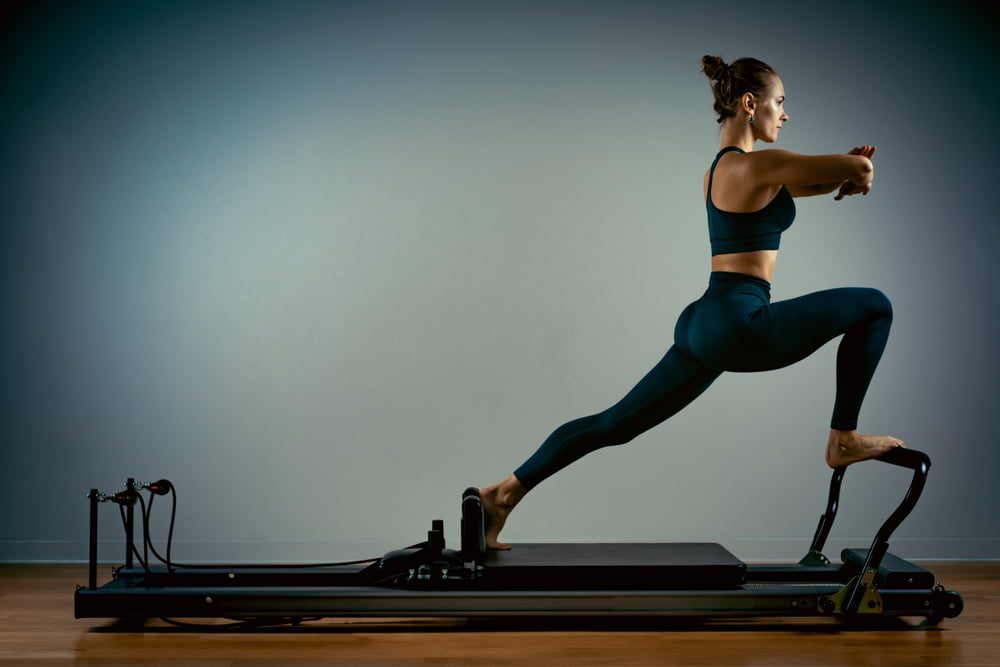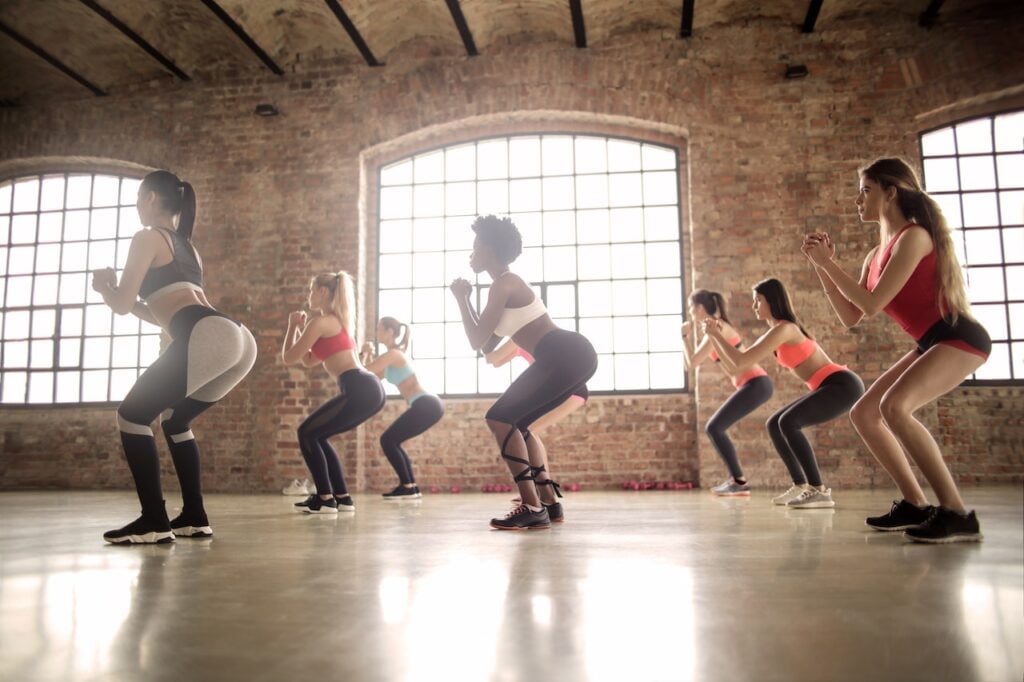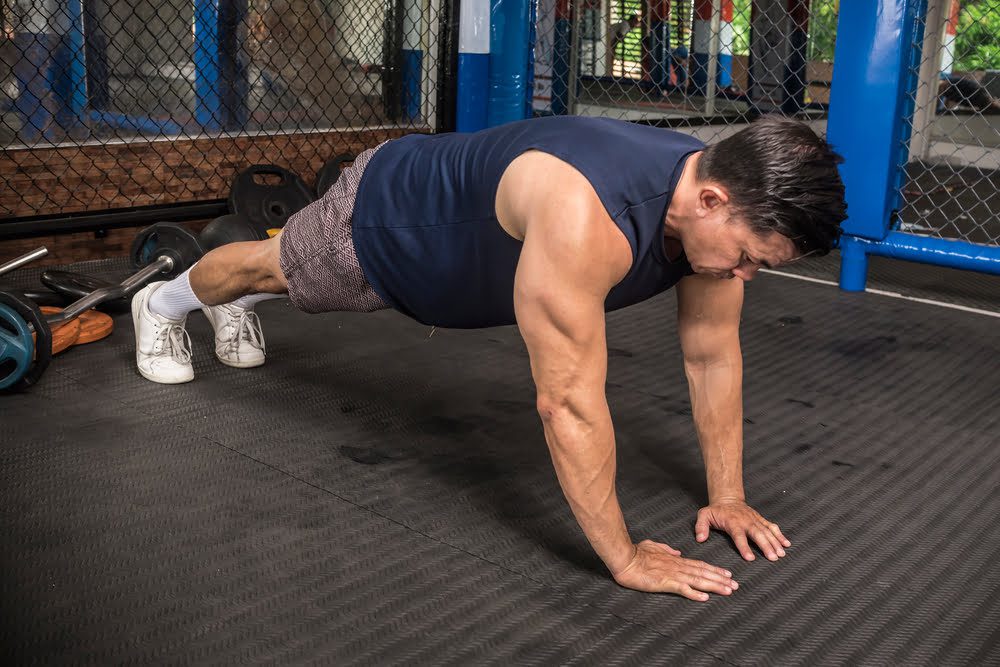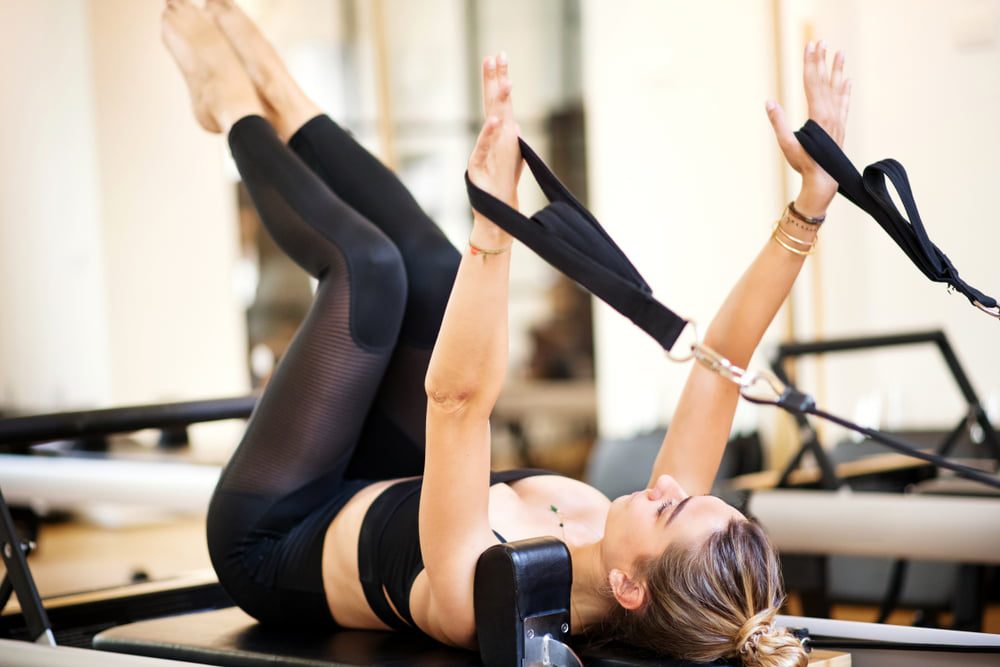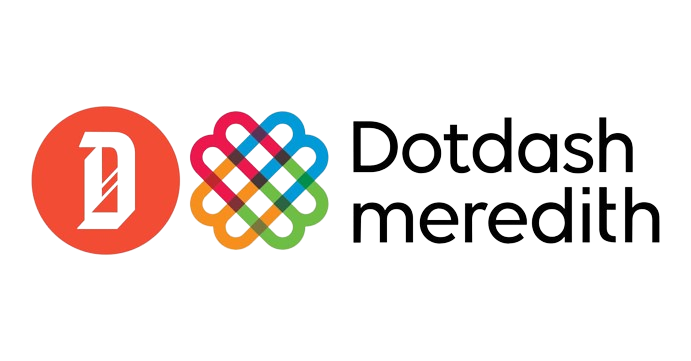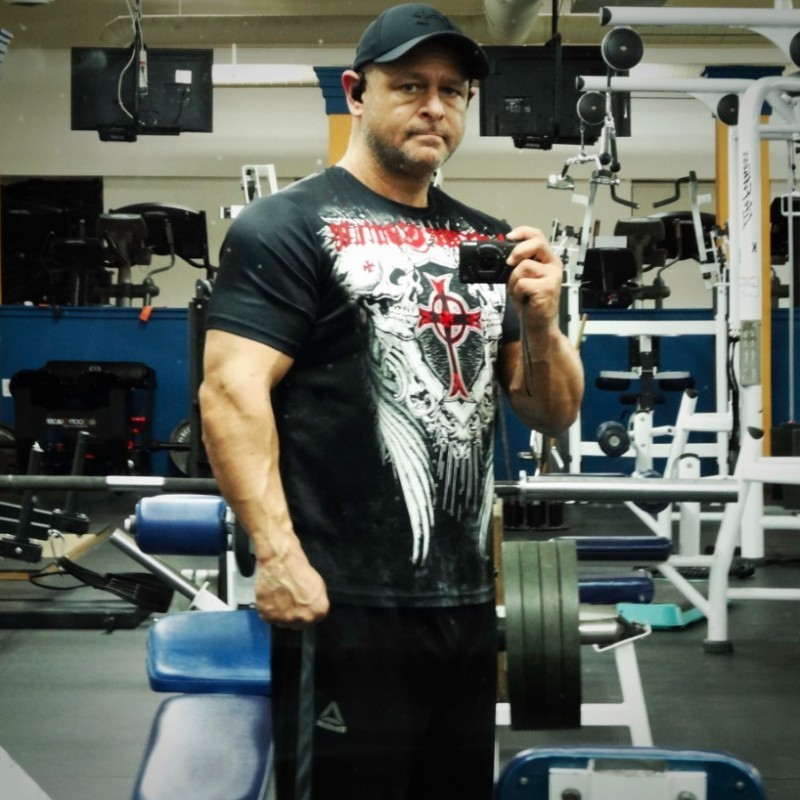As we age, it becomes increasingly important to engage in regular physical activity to maintain our overall health and well-being. One type of exercise that is particularly beneficial for seniors is Controlled Articular Rotations (CARs). CARs are a series of gentle, low-impact movements that can be done by individuals of all fitness levels.
These exercises work to improve joint mobility, increase flexibility, and enhance overall body control. In this article, we will explore the numerous benefits of CARs for seniors and provide a step-by-step guide on how to perform them effectively. Whether you are a senior looking to improve your range of motion or a caregiver searching for safe and effective exercises for your loved ones, this article will serve as a comprehensive resource on the benefits and proper execution of Controlled Articular Rotations exercises for seniors.
When to implement controlled articular rotations?
Controlled articular rotations (CARs) are a valuable tool in maintaining and improving joint health and function. CARs can be implemented at various stages and for different purposes. One ideal time to incorporate CARs is during warm-up routines before physical activities or workouts.
By performing CARs before exercise, individuals can enhance joint mobility, increase blood flow to the muscles, and reduce the risk of injury. Additionally, CARs can be integrated into rehabilitation programs to restore range of motion and improve joint stability following an injury or surgery.
Regularly practicing CARs can also be beneficial for individuals experiencing joint stiffness or limited mobility due to aging or sedentary lifestyles.
Overall, implementing controlled articular rotations at appropriate times can contribute to better joint health, performance, and overall well-being.
Why are controlled articular rotations good for you as a senior?
As a senior, incorporating controlled articular rotations (CARs) into your fitness routine can offer numerous benefits. Here are seven reasons why CARs are good for you:
1. Joint Mobility.
CARs help improve joint mobility by moving your joints through their full range of motion. As we age, our joints tend to stiffen, leading to reduced mobility and increased risk of injuries. Regular practice of CARs can restore and maintain joint mobility, allowing you to move more freely and comfortably.
2. Injury Prevention.
CARs serve as a preventive measure against injuries by strengthening and stabilizing the joints. By enhancing the coordination and control of your joints, CARs help reduce the likelihood of falls and fractures, which are common concerns among seniors.
3. Pain Relief.
Many seniors experience joint pain due to conditions like arthritis or general wear and tear. CARs can provide relief by increasing the synovial fluid production, which lubricates the joints, reduces friction, and alleviates discomfort. The gentle movements of CARs also help to relax and release tension in the surrounding muscles.
4. Enhanced Balance and Coordination.
Maintaining balance and coordination becomes crucial as we age to prevent falls. CARs challenge and improve the neuromuscular connection, aiding in better balance and coordination. By practicing CARs regularly, you can enhance your body’s ability to stabilize and react to unpredictable movements, reducing the risk of falls.
5. Posture Improvement.
Seniors often struggle with poor posture due to muscle imbalances, weakened core muscles, or spinal conditions. CARs target specific joints and muscles involved in maintaining proper posture. By practicing CARs, you can strengthen the muscles responsible for supporting your spine, leading to improved posture and reduced back pain.
6. Mind-Body Connection.
CARs require a focused mind-body connection, making them an excellent exercise for seniors looking to enhance their cognitive abilities. By engaging in CARs, you can improve your proprioception and body awareness, which can have positive effects on your overall mental well-being.
7. Longevity and Quality of Life.
Regularly engaging in CARs can contribute to a higher quality of life as a senior. By maintaining joint mobility, preventing injuries, relieving pain, improving balance, enhancing posture, and strengthening the mind-body connection, you can continue to lead an active and independent lifestyle for years to come.
| 💡 Tips Verywel Fit.com Incorporating controlled articular rotations into your daily routine can provide immense benefits for seniors, helping you stay active, mobile, and pain-free as you age. Remember to consult with a healthcare professional or a qualified fitness instructor before starting any new exercise program. |
Types of Controlled Articular Rotations Exercises For Seniors.
Here are some types of CARs exercises that are particularly suitable for seniors:
1. controlled articular rotations for shoulder.
These exercises involve controlled movements of the shoulder joint, promoting flexibility and stability. Examples include shoulder circles, arm swings, and shoulder rolls. By performing these CARs regularly, seniors can improve their shoulder mobility, reduce pain, and enhance their ability to perform daily tasks.
2. controlled articular rotations for hip.
Seniors can greatly benefit from hip CARs as they help maintain hip joint health and prevent stiffness. Exercises such as hip circles, leg swings, and hip rotations can improve flexibility, balance, and coordination in the hips. These movements are especially important for seniors to maintain their independence and prevent falls.
3. Spine CARs.
The spine is a crucial area to focus on for seniors, as it provides support for the entire body. Spinal rotations, lateral bends, and flexion/extension movements are effective in maintaining spinal mobility and reducing back pain. Incorporating these CARs exercises into a daily routine can help seniors maintain a healthy posture and alleviate discomfort.
4. Knee CARs.
Knee joints often experience wear and tear with age, leading to reduced mobility and increased risk of injury. CARs exercises for the knees, such as knee circles, knee extensions, and knee flexion movements, can help seniors maintain knee joint health, improve stability, and reduce pain.
5. Ankle CARs.
The ankles play a crucial role in maintaining balance and stability, making ankle CARs exercises essential for seniors. Ankle circles, ankle rotations, and ankle dorsiflexion/plantarflexion movements can increase ankle mobility, prevent stiffness, and reduce the risk of falls.
6. Wrist CARs.
Seniors often rely heavily on their hands and wrists for daily tasks, making wrist CARs exercises invaluable. Movements like wrist circles, wrist flexion/extension, and wrist rotations can enhance wrist mobility, improve grip strength, and alleviate discomfort associated with conditions like arthritis.
| 💡 Tips Verywel Fit.com It is important for seniors to consult with a healthcare professional or a qualified fitness instructor before incorporating any new exercise routine, including CARs exercises. These exercises should be performed with control and without pain, starting with small ranges of motion and gradually progressing as tolerated. By regularly practicing CARs exercises targeted at specific joints, seniors can maintain and improve their overall joint health, mobility, and quality of life. |
How To Do Controlled Articular Rotations Exercises For Seniors?
Controlled Articular Rotations (CARs) exercises are a beneficial form of movement for seniors. CARs aim to improve joint health, mobility, and strength by taking each joint through its full range of motion in a controlled and deliberate manner. These exercises are highly beneficial for seniors as they help combat age-related stiffness, promote joint lubrication, and enhance overall joint function.
To perform CARs exercises, seniors can follow these steps:
1. Choose a joint: Start by selecting a joint that you wish to target. It can be the shoulder, wrist, neck, hip, knee, ankle, or any other joint in the body.
2. Warm-up: Before beginning the CARs, it is crucial to warm up the joint. This can be done through gentle movements, such as light stretches or a few minutes of low-intensity cardio exercise.
3. Isolate the joint: Focus solely on the joint you have chosen and mentally connect with it. Concentrate on feeling the movements and sensations within the joint.
4. Begin the rotation: Slowly and smoothly initiate the rotation of the joint. Move through the entire range of motion while maintaining control and stability. Ensure that the movement is pain-free and only goes as far as your comfort allows.
5. Maintain tension: As you rotate the joint, create a subtle tension or resistance within the muscles surrounding it. This tension helps to reinforce joint stability and control.
6. Control the speed: Perform the CARs exercises at a slow and deliberate pace. This allows for better focus, enhances proprioception (awareness of joint position), and provides ample time for the joint to adapt to the movement.
7. Breathe and relax: Remember to breathe deeply and stay relaxed throughout the exercise. Unnecessary tension can hinder the effectiveness of the movement.
8. Repeat and switch directions: Perform several repetitions of the CARs exercise in one direction before switching to the opposite direction. This ensures balance and equal stimulation of the joint.
9. Gradually increase difficulty: Over time, seniors can gradually increase the difficulty of the CARs exercises by either increasing the range of motion, adding resistance, or incorporating more complex movements.
10. Consistency is key: To reap the benefits of CARs exercises, it is important to practice them regularly. Aim for at least a few minutes of CARs exercises daily to maintain and improve joint health.
| 💡 Tips Verywel Fit.com Before starting any exercise routine, seniors should consult with their healthcare provider or a qualified fitness professional to ensure the exercises are appropriate for their individual needs and capabilities. |
controlled articular rotations morning routine for Seniors.
A controlled articular rotations (CARs) morning routine for seniors is a gentle and effective way to start the day while promoting joint health, flexibility, and mobility. CARs involve moving each joint in a controlled and deliberate manner to maintain or improve its range of motion. This routine can be performed while lying in bed or sitting comfortably in a chair, making it accessible for seniors of all fitness levels.
1. Neck CARs.
Start by gently rotating your head from side to side, aiming to reach your ear towards your shoulder without causing any pain or discomfort. Then, slowly tilt your head forward and backward, feeling the stretch in the front and back of your neck. Repeat these movements for a few repetitions in each direction.
2. Shoulder CARs.
Begin by rolling your shoulders forwards in a circular motion, gradually increasing the size of the circles. After a few repetitions, reverse the direction and roll your shoulders backward. This movement helps to lubricate the shoulder joints and improve their mobility.
3. Elbow CARs.
Sit with your arms comfortably resting on your thighs. Slowly flex and extend your elbows, keeping the movement controlled and smooth. This exercise helps maintain the flexibility and mobility of the elbow joints.
4. Wrist CARs.
Extend your arms in front of you, palms facing down. Begin by flexing and extending your wrists, as if you are pushing your hands down and pulling them up towards you. Then, rotate your wrists in a circular motion, alternating between clockwise and counter clockwise rotations.
5. Hip CARs.
Sit at the edge of your chair with your feet flat on the ground. Start by bringing one knee up towards your chest, then slowly rotate it outwards and back inwards, as if drawing a circle with your knee. Repeat this movement with the other leg. These hip CARs help to maintain hip joint mobility and prevent stiffness.
6. Knee CARs.
While sitting, straighten one leg out in front of you, then slowly bend and flex your knee. Focus on keeping the movement controlled and fluid, without any jerking or discomfort. Repeat this movement with the other leg. Knee CARs help to maintain the range of motion and flexibility in the knee joints.
7. Ankle CARs.
Sit with your feet flat on the ground and your knees bent. Begin by pointing your toes forward, then slowly rotate your ankles in a circular motion, alternating between clockwise and counter clockwise rotations. This exercise helps to improve ankle mobility and prevent stiffness.
| 💡 Tips Verywel Fit.com Remember to perform each CAR movement slowly and with control, avoiding any pain or discomfort. If you have any existing joint conditions or injuries, it is advisable to consult with a healthcare professional before starting this routine. Regularly incorporating CARs into your morning routine can help seniors maintain joint health, improve flexibility, and promote overall mobility throughout the day. |
Bottom Line.
Controlled Articular Rotations (CARs) exercises are an effective and safe method for seniors to improve joint mobility and maintain their overall physical health. These exercises help seniors maintain a full range of motion in their joints, reduce the risk of injury, and improve their functional abilities in daily activities.
CARs exercises are gentle and can be tailored to each individual’s needs and abilities, making them suitable for seniors of all fitness levels. By incorporating CARs exercises into their regular routine, seniors can experience improved joint health, increased flexibility, and a better quality of life.

 Workout
Workout
 Meditation
Meditation





 Contact Us
Contact Us





